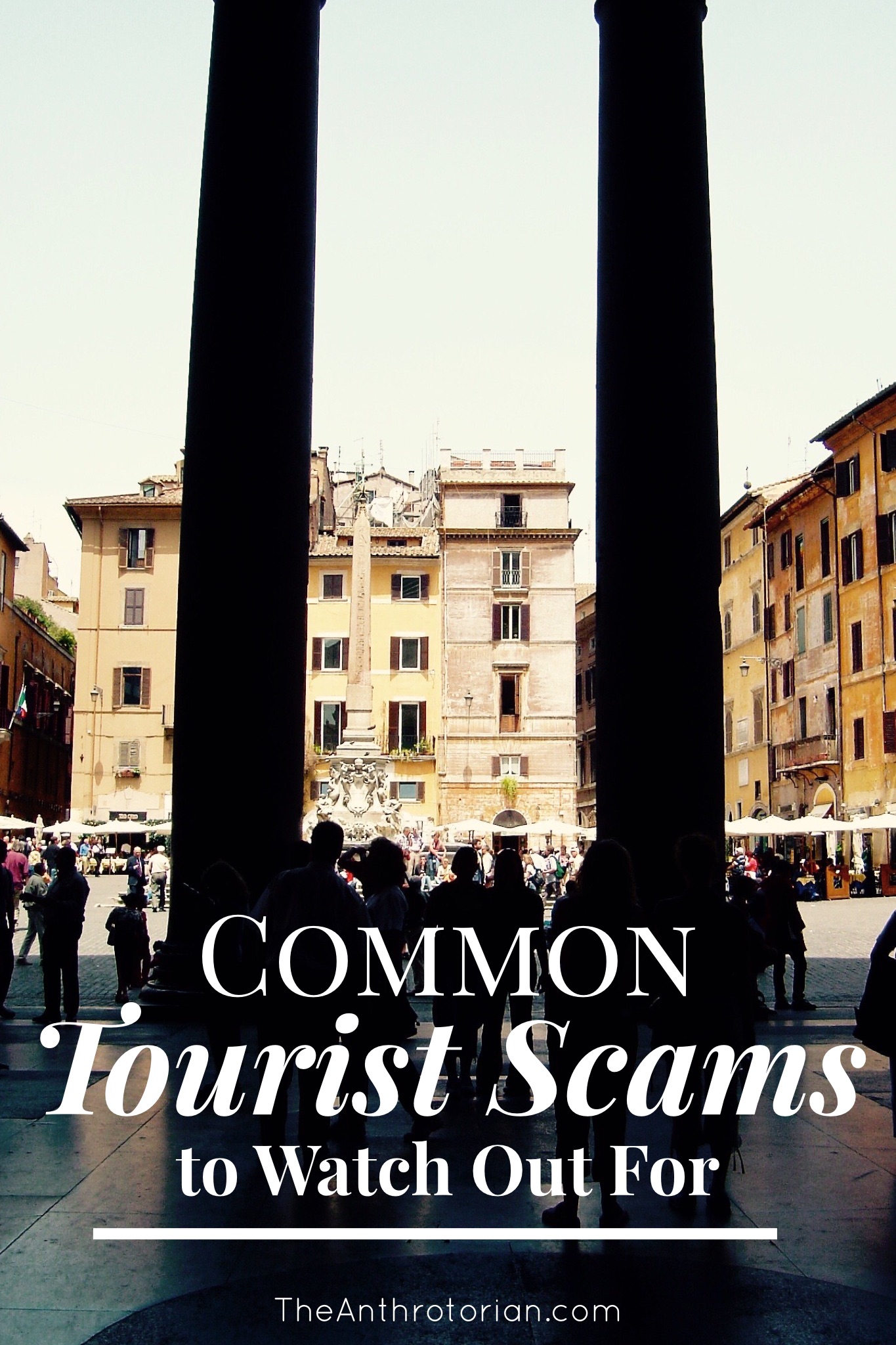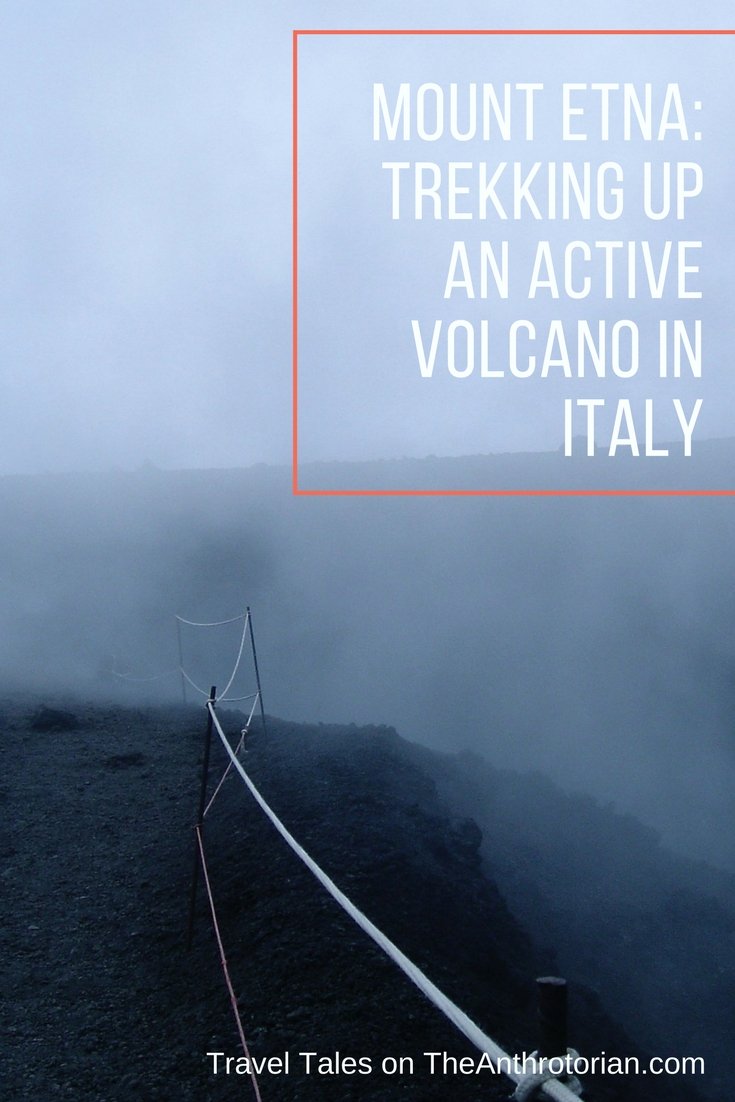*Note: This blog was updated in April 2024
Budapest, the capital city of Hungary, is a fascinating city. It's perched right on the border between Western and Eastern Europe and with that comes a complicated history.
Until the late 1980s Hungry was communist, not moving to a democratic government until 1989. There is also a heavy influence from ancient Roman and Turkish occupation that has led to an interesting mix of architecture, culture, and historic spots to visit.
Orientation
Budapest is actually a combination of two historic cities, Buda and Pest (no, this is not a joke). The two cities were separated by the Danube River and were combined in 1873.
Buda is the hilly area west of the river, which is home to Castle Hill, elaborate medieval buildings, and upscale neighborhoods. Pest, located on the eastern side, is where you will find the major sights, nightlife, restaurants, markets, and places to stay.
The city is divided into 23 districts, most of the major sights are located in Central Buda and Central Pest.
Currency
Though the country is a member of the European Union, it doesn’t use the Euro but the Hungarian forint (HUF) — though some more touristy spots will accept Euros. Find the current exchange rates here, but this is where they are at in 2024:
1 CAD = 267 HUF
1 USD = 367 HUF
1 EUR = 392 HUF
1 GBP = 459 HUF
1 AUD = 240 HUF
Note that you cannot use this currency in any other country, so make sure you only take out the cash that you need and spend it before you leave. It can also be hard to exchange in other countries.
Getting Around
The city is extremely walkable, you can get to most sights by foot — especially if you stay central. It also has an easy-to-navigate metro system.
What To Do
Some of the unique architecture of Vajdahunyad Castle in Budapest, Hungary
Explore Vajdahunyad Castle
The fairy-tale towers of Vajdahunyad Castle overlook an artificial lake, used for boating in the summer and, in the winter, is transformed into one of the most impressive outdoor skating rinks in Europe!
The structure itself is made up of two Transylvanian castles (medieval Hungary included the country of Transylvania — now Romania) and a Renaissance courtyard where concerts are held regularly in the summer.
It's free to visit, beautiful, and definitely worth wandering through. It is also perched on the edge of a public park that is the perfect place to enjoy a picnic or rest your feet after a day of exploring!
People watch in traditional coffee houses
In Central Europe, coffee houses are the social club, home, and haven for journalists, writers, lawyers, and everyone in between.
Oozing charm, these are the best spots to spend an afternoon people-watching and soaking up local culture while sipping on a frothy cappuccino or a cold beer.
The interior of the main dome at St. Stephen's Basilica
Soak in the art and architecture of St. Stephen's Basilica
I love visiting churches in Europe, because they are usually perfectly preserved examples of the city's history of art and architecture.
The stunning St. Stephen's Basilica does not disappoint.
Located in a huge square in Pest, the church took over 50 years to build and has a dome that is 96 m high (approx. 315ft)! The interior of the colossal basilica features frescos, carvings, and chapels in impeccable condition that are absolutely beautiful.
The church is free to visit, but if you want to check out the treasury or dome, there is a small fee.
Wander through a local market
There is no better spot to find authentic souvenirs and food than at a local market, and Budapest boasts a plethora of them, including some large covered markets. Beautiful fabrics, wooly hats, and delicious treats can be found in abundance.
If you only make it to one, the Nagycsarnok, or Great Market, is so big you could get lost in it! The first floor is packed with traditional food, and the top floor is where you will find folk costumes, dolls, scarves, embroidery, hunting knives, and more.
Faces of former prisoners at the Terror House in Budapest
Take in the history on display at the Terror House
The former headquarters of the country's dreaded secret police, this eerie looking building is a disturbing monument to those who suffered the terror that afflicted the country during and after World War II.
The photos plastered on the wall showing the faces of former prisoners (pictured above) are incredibly moving. Prepare yourself before you visit the underground torture chambers — they are graphic and raw.
A full-price ticket is 4000 HUF.
The moving and stunning Holocaust Memorial sculpture in Budapest
Walk through the historic Jewish Quarter
Not much remains of this historic quarter that was hit hard during WWII. It is home to a holocaust museum located in the Great Synagogue, but my favorite part of my visit to this quarter was located behind the synagogue.
A stunning Holocaust Memorial sculpture (pictured above) in the shape of a weeping willow was funded by actor Tony Curtis and is dedicated to those who perished in the death camps.
Address of the memorial: Budapest, Síp u. 10, 1075 Hungary
Soak in the traditional public baths
There are two famous thermal spas to visit in the city.
Located in Buda, the most famous is the Gallert Baths. It has soaring majestic domes, Turkish tiles, and beautiful Art Nouveau architecture that you can enjoy while soaking in the warm waters (both indoors and outdoors) and relaxing in the stunning saunas. It is like soaking in actual history.
Admission is 10,500 HUF on weekdays and 12,000 HUF on Fridays and weekends. Massages, soaps, and other services are available — check the website for more details.
The Szechenyi Baths were built in 1908 and are located in Pest in the City Park. There is a giant outdoor pool that is open year-round that makes you feel like you are a guest at some opulent hotel, as well as indoor thermal baths, saunas, and massage areas.
Admission is dependent on the time of year and time of day you are visiting. It can be pre-bought online. Visit the website for details.
The breathtaking lobby of the Museum of Applied Arts in Budapest
Spend some time in an impressive art museum
There are three major art museums that I would recommend in Budapest.
First up, the Szepmuveszeti Museum, or Museum of Fine Arts, is packed full of art from all over the world, including a large collection of pieces by the painter El Greco, a selection of Egyptian art and artifacts, and some incredible classical sculpture. Full-price admission is 5200 HUF.
Across the street is the Muczarnok, a huge contemporary art gallery that displays works by both national and international artists. Admission is 2500 HUF.
The building housing the Museum of Applied Arts is absolutely incredible. It is a prime example of the Hungarian Art Nouveau movement (built between 1893 and 1896) with its elaborate tiled roofs and sweeping lobby (pictured above). Exhibitions include furniture, architecture, treasures, and more. Admission for all exhibits is 3200 HUF.
A sculpture on a tomb at the Kerepes Cemetery in Budapest
Take a walk through the impressive Kerepes Cemetery
I know that visiting a cemetery might seem strange, but like the famous cemeteries in other parts of Europe, this one is a mix between a park and a sculpture gallery.
There are approximately 3,000 gravestones and mausoleums, and there are free maps at the entrance to help you navigate. It's a great way to escape the hustle and bustle of the city.
Related Posts
Meet The Author
Lindsay Shapka is an avid traveler and the creator of The Anthrotorian — a website dedicated to sharing travel tips, stories about adventures, culture quirks, artists you should know, fascinating bits of history, and more!
She is also an artist, marketing specialist, editor, and freelance writer who has work featured on websites, blogs, and in magazines like National Geographic Traveler.












Passing a slow moving car would have been a suicide mission.
The small, 13-seater bus was stuffy, hot, and full of fellow travelers half asleep from the heat and half sick from the drive. Gritty red sand, mixed with the sweat in my sandals, smooshed between my toes.